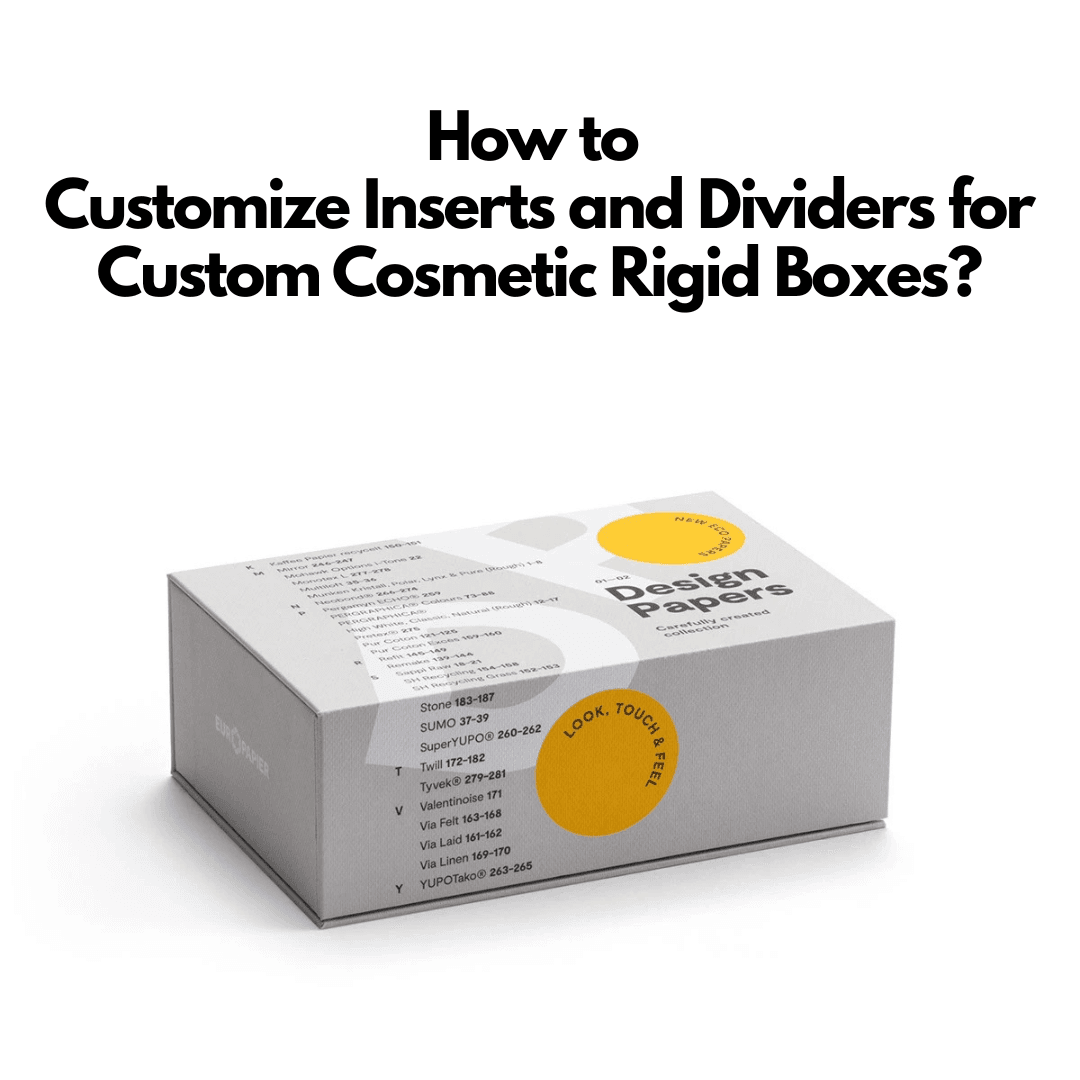

Curious to know innovative solutions?! Let's get started!
Contact our packaging experts today for a free consultation and receive an instant, no-obligation price estimate.
What Are Bagged Packaged Goods? Types and Uses
Table of Contents
TogglePackaging is crucial for how things are shown, moved, and used in today’s fast-paced and convenience-driven world. Bagged items are one of the most creative and useful ways to package things. They are used in many fields, from food to shopping, to ensure that goods stay fresh, safe, and ready to sell.
This blog post discusses bagged packaged goods, their different types, how they can be useful, and why modern businesses consider them very important.
What Are Bagged Packaged Goods?
Goods that come in bags and can be used, moved, or stored are called boxed goods. Most of the time, these items are light and easy to handle for your comfort. Food like grains and snacks can include things that aren’t food, like clothes, toys, and cleaning supplies.
Depending on the product type and its use, bags can be made from various materials, such as plastic, and paper, or eco-friendly alternatives like biodegradable films.
Bagged vs. Packed: Understanding the Difference

People often wonder the difference between “packaged” and “unpackaged.
Bagged Packaged Goods: Putting things in bags protects them, makes them last longer, and sometimes even brands them by closing them. These packages are made for use in stores and easy travel.
Packed Goods: Packed goods are usually used to describe goods packed by hand or loosely, like in crates or packaging boxes. They don’t have any extra labels or seals on them.
Knowing the difference between packaged and unpackaged goods can help you better handle, store, and showcase your products, especially in retail and transportation.
Types of Bagged Packaged Goods
Bagged packaged things come in various shapes and sizes to meet the needs of different industries and products. Let’s look at some common types:
1. Bagged Foods
Things that are packed together a lot are food items. These are some of them:
Grains and Flour: Grains and flour are usually packed in strong paper or knitted plastic bags, which keep the food fresh and prevent contamination.
Snacks and Chips: Snacks and chips are usually sealed in nitrogen-cleaned plastic bags to keep them crunchy and extend their shelf life.
Coffee and Tea: Come in sealed bags to keep their smell and taste.
2. Retail and Apparel
Clothes and things sold in stores are sometimes put in clear or branded bags, making the items look better and easier to see. Most of the time, these are used for:
- Clothes like shirts and gowns.
- As decorations, like jewelry or scarves.
3. Household and Cleaning Products
Many household items, such as detergents, sponges, and cleaning wipes, come in bags for easy transport and storage.
4. Eco-Friendly Alternatives
As sustainability becomes more important, companies pick bagged goods that can be broken down or composted. These are being used more and more for things like
- Eat organic food.
- Soap or candles made by hand.
Uses of Bagged Packaged Goods
Bagged packaged goods are very versatile and can be used for many important things:
1. Preservation
Packaging ensures that products stay fresh and don’t get contaminated from the outside. Airtight seals keep cereals and snacks from going bad, which is good for products that come in bags.
2. Branding and Marketing
A great design is a great way to sell your business. A branded bag does more than just protect the goods inside. It also helps the company and makes customers more aware of it.
3. Convenience
Bagged goods are easy to use because they are light, easy to take, and often have resealable closures.
4. Transportation
It’s easier to move things that are packed up and keep them organized. Bagged things like flour or coffee can be stacked well for shipping.
Examples of Bagged Packaged Goods
Among the packaged things that you can find in many different areas are the following:
Food: Cereal, chips, nuts, coffee.
Retail: T-shirts, scarves, and small gadgets for sale.
Household Products: Things for the home include detergents, cleaning towels, and brushes.
Benefits of Bagged Packaged Goods
Many good things about bagged boxed foods help to explain their popularity:
1. Enhanced Product Safety
Bags protect items from dust, moisture, and other pollutants so they get to customers in the best state possible.
2. Cost-Effective Solution
Bags are often cheaper to make and transport than rigid packages like boxes or jars.
3. Sustainability Options
Because many people today care about the environment, many companies make their bagged goods out of materials that can be recycled or broken down naturally.
4. Space-Efficient
Bagged goods are great for store shelves and warehouses because they are small and don’t take up much room.
Common Materials Used for Bagged Packaged Goods
The material used for bagged wrapping will depend on the type of product and what it needs:
Plastic: Plastic is strong and doesn’t get wet easily, so it’s usually used for food and store goods.
Paper: Paper is great for packing light things and being kind to the environment.
Biodegradable Films: Making eco-friendly choices, like using biodegradable film, can help protect the earth.
Creative Packaging Ideas
Packaging is both useful and artistic at the same time. Here are some clever ideas for things that need to be packed:
Eco-Friendly Bags: People who care about the earth will like products made with kraft paper or biodegradable materials.
Transparent Designs: Clear packaging on the inside shows off, especially for bright items like candy or snacks.
Custom Prints: Make your brand stand out on store shelves with unique designs or logos.
Challenges in Bagged Packaged Goods
Even though things in bags are flexible, they do cause a few problems:
Material Selection: Choosing the right material for durability and life can be hard.
Consumer Preferences: Consumers are happy when they can balance how something looks with its usefulness.
Cost Constraints: Costs could increase if custom designs or high-end materials are used.
Conclusion
In conclusion, most modern packaging consists of products in bags because packaging gives companies more flexibility, cost, and branding options. This way of packing helps whether you’re dealing with retail goods, bagged food, or home goods. By understanding the differences between packaged and packed, businesses can choose the best options for their needs, ensuring that their goods are safe, appealing, and easy to move.
Businesses can meet customer wants and help make the future more sustainable by using creative designs and environmentally safe materials. Items in bags are here to stay, and they will change to meet the needs of both consumers and businesses. Call us now at Packaging Hippo to experience the best packaging for your products.






